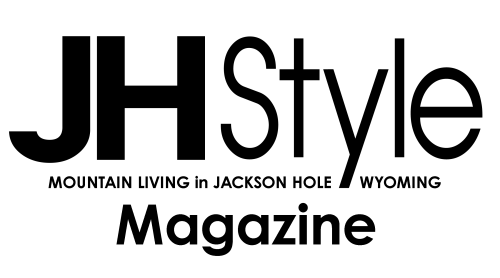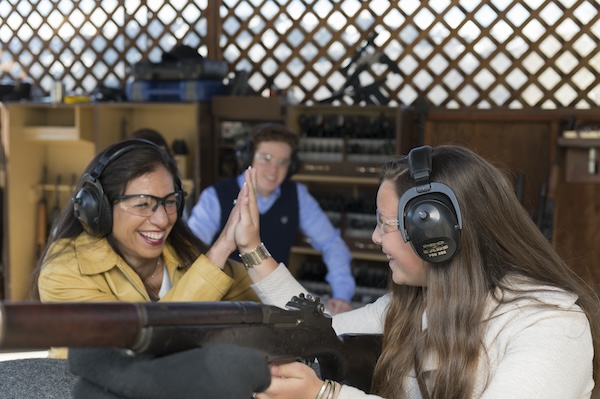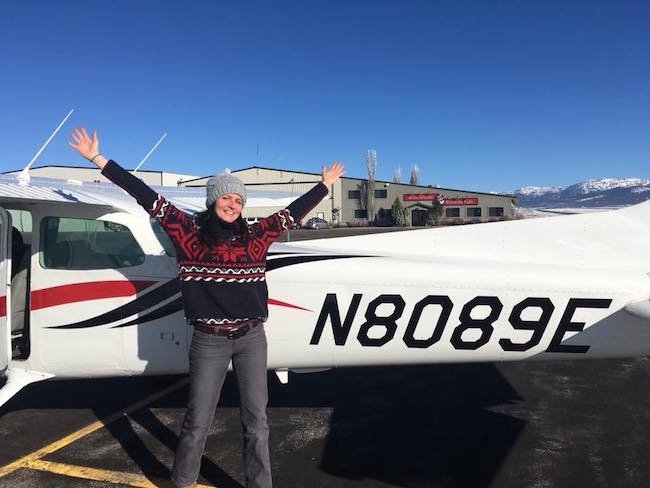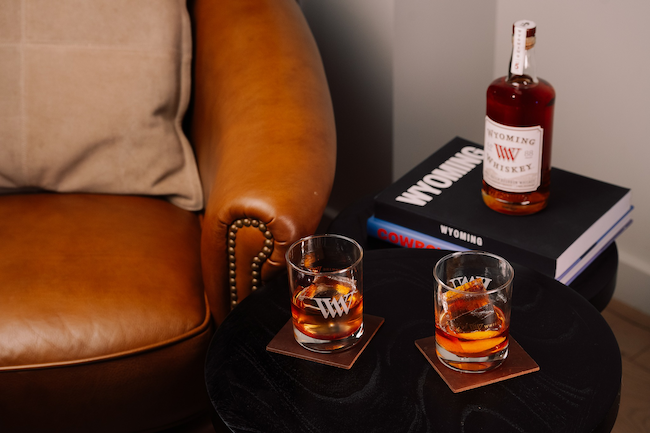Go Wild, Do Good
20 May 2024
Leave your mark on Jackson Hole with ‘voluntourism,’ your new favorite way to adventure and give back
Summer/Fall 2024
Written By: Phil Lindeman | Images: Jonathan Selkowitz and Courtesy Jackson Hole Wildlife Foundation
Here’s a sight you won’t find in any guidebook, and it’s more common than bison or bears: barbed wire. Thousands of miles of it. “Historically, a lot of what is today Grand Teton National Park started as parcels of private land, much of it used for ranching,” says Kyle Kissock of the Jackson Hole Wildlife Foundation. “As many parcels were sold to what would become the park, the fencing was still there. We had a need to pull this down, but we didn’t always have the manpower.”
It’s known as “pulling fence,” and it’s restoring the landscape, mile by mile.
“Jackson Hole is known for the iconic wildlife we have here,” Kyle says. “They are wild and free, completing long-distance movements and migrations in ways they don’t in other places. But just because we have these animals doesn’t mean they aren’t threatened by old and new challenges.”

BEING WILD
Since 1996, volunteers with the foundation have pulled or repaired hundreds of miles of fence. Many volunteers come year after year, and some even come from out of state.
But Kyle knows pulling barbed wire isn’t for everyone. The foundation recently launched its Being Wild Initiative for locals and visitors to engage in authentic volunteer and conservation-based experiences suited to their interests. “The idea is these are ways someone who is visiting to ski, or visiting to hike, can give back to the landscape,” Kyle says, “and improve the habitat.”
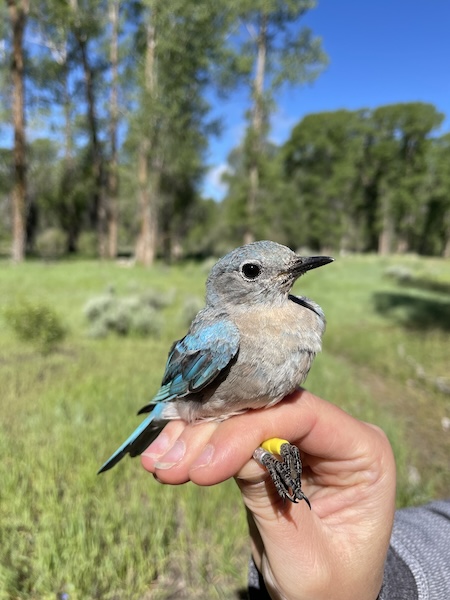
BIRD BANDING
The most popular Being Wild program is bird banding for migrating songbirds. During peak summer season, starting in June, volunteers can observe and assist wildlife experts managing the local bird-tracking program. It is one of the oldest in the Mountain West.
Here’s how it works: Experts fit the birds with bands, recording a bird’s species, age and origins for the bird-banding database. It is perfect for families and kids who may even be called upon to help record data or release a bird.
“At the banding station the banders have birds in their hands,” Kyle says. “You’ve got this tiny songbird that has migrated from as far as Mexico, or South America. It is very, very special.”
Wanna see a bigger beastie? Come back every March for Moose Day, when volunteers search for moose, collecting observations that are used to support the Wyoming Game and Fish Department’s official population estimate.
HABITAT RESTORATION
Pulling weeds might sound like a chore, but not in this park.
“We’re not using chemicals,” Kyle says of the summertime noxious weed program. “We’re using shovels and bags, targeting noxious weeds, and we need to get rid of them because they choke out the native species which wildlife rely on.”
Find your next voluntourism adventure on the Being Wild Jackson Hole calendar at Beingwildjh.com.
VOLUNTOURISM 101
Hunting for ways to do good on vacation, but don’t know where to start? Try these simple tips from Scott Kosiba, executive director with Friends of the Bridger-Teton: a nonprofit supporting 3.4 million acres of public land.
LEAVE IT BETTER THAN YOU FOUND IT
“It is a simple thing. You might not get a handshake or a pat on the back, but every time I go backpacking with my dog in the Winds (Wind River Range), I tend to bring out more weight in trash than I brought in with me.”
GET SOCIAL
“We’re a social media culture. Say on Instagram, ‘I was at the national forest and I picked up three pounds of trash, and it felt amazing.’ You don’t give the trail tag, but share what you did. It’s worth celebrating. It’s fostering that culture of stewardship.”
GIVE PENNIES
“Support us with cash. Even a few bucks helps these small nonprofits.”
Learn more about Friends of the Bridger-Teton at BTFriends.org
